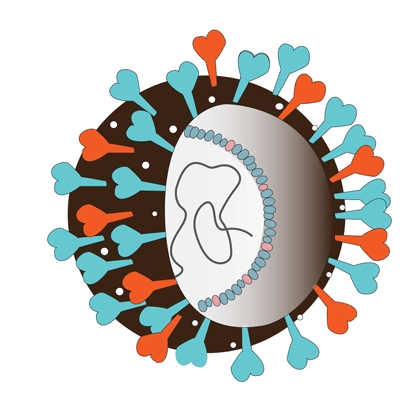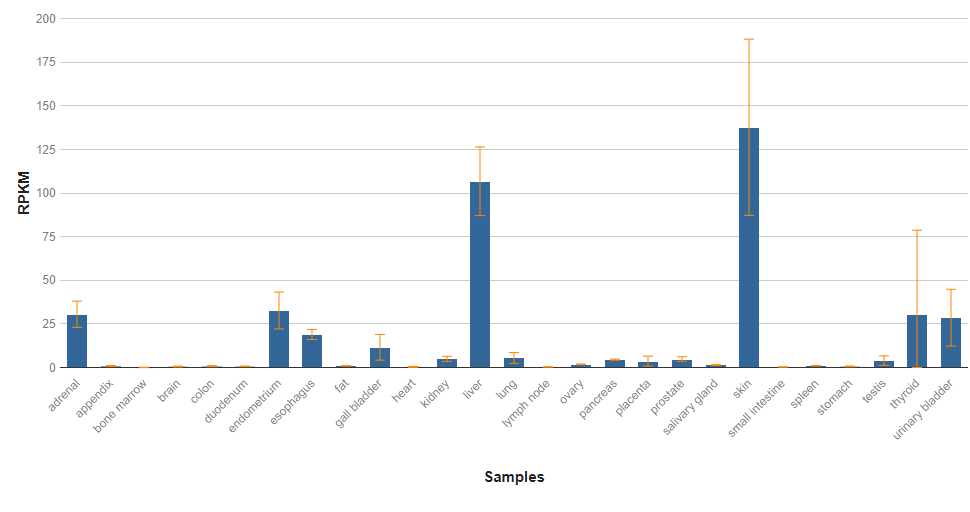
Alpaca
Scientific Name: Vicugna pacos
Taxonomy: Cellular organisms-> Eukaryota-> Opisthokonta-> Metazoa-> Eumetazoa-> Bilateria-> Deuterostomia-> Chordata-> Craniata-> Vertebrata-> Gnathostomata-> Teleostomi-> Euteleostomi-> Sarcopterygii-> Dipnotetrapodomorpha-> Tetrapoda-> Amniota-> Mammalia-> Theria-> Eutheria-> Boreoeutheria-> Laurasiatheria-> Artiodactyla-> Tylopoda-> Camelidae-> Vicugna


